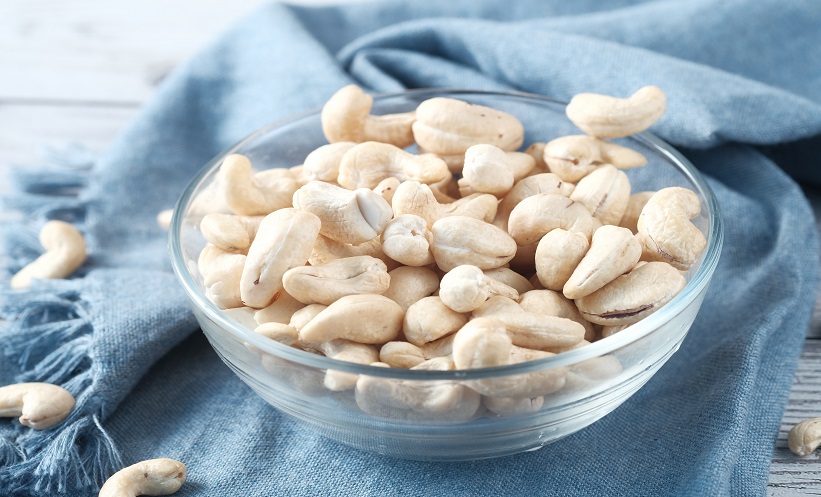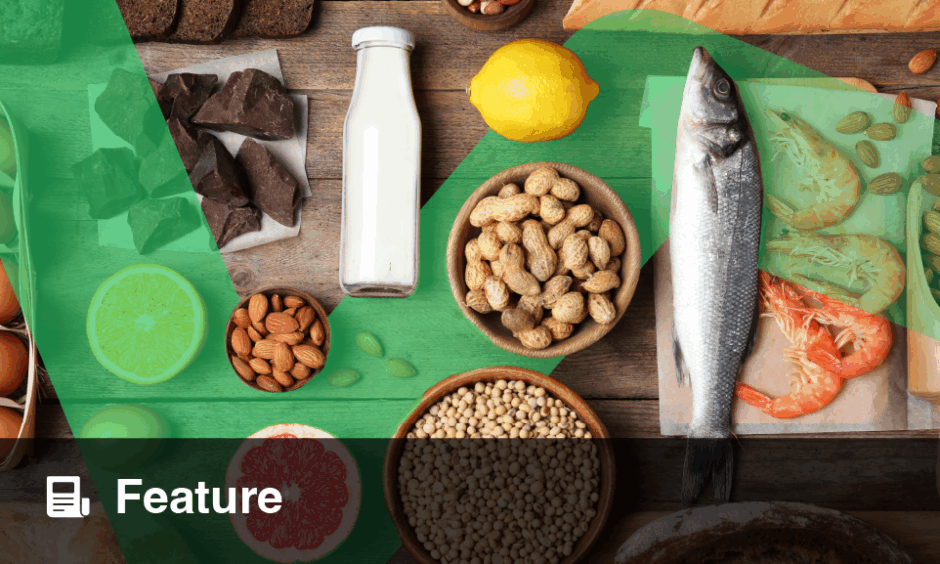SIMULTANEOUS oral immunotherapy (OIT) for multiple foods is feasible and safe via established protocols, according to a retrospective review from the Children’s Hospital of Philadelphia, Pennsylvania, USA.
In total, 151 children between the ages of 1.1–17.4 years were included in the review. All participants had a standard food challenge or initial dose escalation (IDE) for one or more foods. Eleven participants discontinued treatment due to symptoms after updosing, and 12 failed the IDE and therefore did not proceed to updosing. Of the remaining patients, 78 actively received single-food OIT, including 53 who reached maintenance dosing, and 25 who were still updosing at the time the data was analysed.
The other 50 patients received multi-food OIT, of whom 18% were treated for two foods, 12% for three, 8% for four, and 1% for five. Of this group, 68% reached maintenance dosing for all allergens and 86% reached maintenance dosing for at least one allergen. Moderate to severe reactions preventing OIT occurred 25 times (10.9%) of the 229 IDEs, in 24 different patients. These included 10 escalations in patients on single-food OIT and 15 in patients on multi-food OIT or who had a previous IDE to a different food. Epinephrine was necessary in 8.7% of these reactions, and 0.9% required more than one dose. This led to 12 participants discontinuing OIT and not proceeding to updosing.
A total of 139 patients proceeded to updosing, of whom 30 developed a reaction at the clinic, including three with anaphylaxis. One patient developed anaphylaxis at home, treated with epinephrine, leading to a discontinued treatment for cashew. A minority of patients (40%) received at least one premedication before their daily doses, with 18.00% taking an H1 antagonist, 15.65% taking both an H1 and H2 antagonist, and two patients taking a proton pump inhibitor. IDE failed in 10.9% and required epinephrine in 8.7%, with cashew being associated with the highest number of failures. None of the participants stopped OIT after reaching maintenance dosing; however, 7.9% stopped after updosing.
The researchers concluded that desensitisation to one or multiple foods simultaneously with established OIT protocols is feasible and safe. Further studies will need to analyse efficacy, predictors of success, and sustained unresponsiveness.








